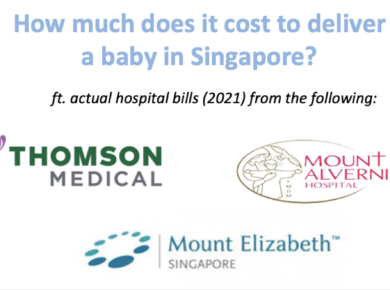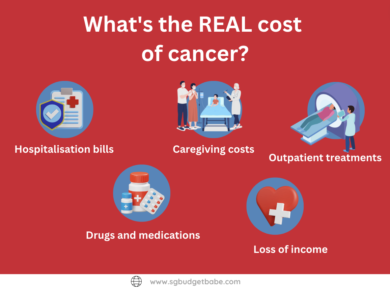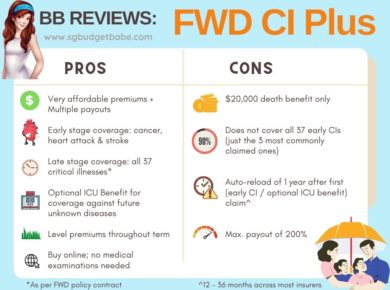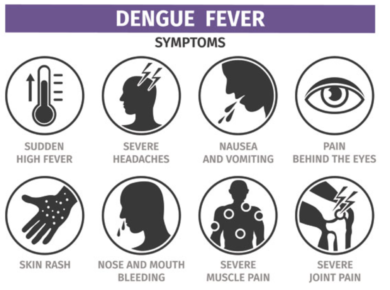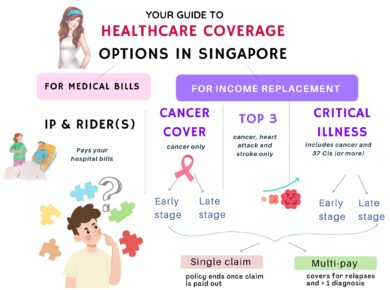Do you really need cancer insurance?
In recent years, several insurers have started offering a standalone cancer insurance for folks who are worried about the costs of cancer – and rightfully so. The cost of treatment in Singapore can go beyond $46,000 in private hospitals, and with statistics showing that 1 in every 5 Singaporeans may develop cancer in their lifetime, it’ll be worth considering if you’re financially prepared for it.
In our parents’ time, there wasn’t such a policy offering in Singapore, but with medical advancements that now allow for earlier diagnosis of cancer and treatments, the survival rate has also gone up.
Unfortunately, so have the costs of treatment.
What are some of your options?
- Hospitalisation insurance – to cover costs of inpatient treatments
- Critical illness insurance – to provide a lump sum payout upon diagnosis
- Cancer insurance – to provide a lump sum payout upon diagnosis
You can rest easy because your Medishield Life and Integrated Shield Plan combined should usually help to cover the cost of your treatments. However, it may not be sufficient for your living expenses and other financial commitments – especially if you have to stop working in order to seek treatment. And while critical illness cover can help with this, the premiums often don’t come cheap.
Someone we know was recently diagnosed with leukaemia, and because of the extent of his illness, he was no longer able to continue working as the nature of his job would have made his condition deteriorate faster. He was only 32 🙁
The loss of income took a toll on his family, as they still had mortgages and living expenses that needed to be paid for. As the cancer was discovered early, he did not qualify to claim from his critical illness policy.
In this case, an early cancer insurance plan could have solved his financial woes.
Thankfully, Singlife has just launched two new cancer insurance products to help fill this gap – the Cancer Plan and Cancer Plus Plan.

The main difference between the two plans offered is that the Cancer Plan pays only upon late-stage cancers or death (the death benefit is fixed at S$5,000), whereas the Cancer Plus Plan pays for early and intermediate stage cancers as well.
The Cancer Plus plan also offers a Recurrence Benefit – which means you can make multiple claims upon different stages of cancer diagnosis and get paid from your total sum assured, subject to terms and conditions. In the scenario shared earlier, this plan would have been able to help provide a payout for the case of leukaemia.
Who might it be suitable for?
- If you’re looking for a lump-sum payout upon diagnosis of cancer, so that you can focus on recuperating without having to worry about work and bills
- If you’re worried about cancer, but do not wish to buy (or cannot afford) an Early Critical Illness plan which is usually more costly
- If you wish to increase your cancer coverage without reducing your death coverage (since most critical illness riders payout claims from the sum assured, which reduces the overall death coverage)
- For anyone worried about cancer because you have a family history of it.
After realising that more people around us are getting diagnosed with cancer at a younger age (advancements in medical technology also means earlier diagnosis and a higher survival rate), I tried to purchase anECI plan for my husband and me. Unfortunately, the high cost of premiums changed my mind.
Our calculations
Since the objective is only meant for a temporary stop-gap measure in the event of cancer, I see no need for too high a sum assured, nor do we need an excessive period of coverage. The key years to cover for will be from now to when our dependents no longer need us.
Given our current lifestyle costs and financial responsibilities (house + 5 dependents + a helper), I estimate that $80,000 would be a good gauge to cover a year worth of expenses and give us time to focus on recuperating without worrying about work. The cost of treatments should be covered under our existing Integrated Shield Plans.
And in terms of duration, 20 years would be ideal as that will cover us during the prime period of our life where our financial responsibilities are the heaviest i.e. juggling between young children and elderly parents who are all our dependents.
I thus obtained a quote for myself using these parameters.
At $350 a year for a 20-year of protection, that works out to be $7,000 in total premiums paid for a likelihood of an $80,000 payout on the Cancer Plus Plan, which pays even for early-stage cancer and Recurrence Benefit.
This is far more affordable than the premiums we would otherwise have to pay for an ECI plan!
I also compared this to another insurer where the first year quote was much lower i.e. more attractive but found one key difference – Singlife’s plan is a level term, whereas the other isn’t. This means that the total premiums I would have to pay for 20 years of coverage worked out to be higher because the premiums for the other insurer increases with age (vs Singlife’s plan where the premiums remain the same throughout the term selected).
Is it safe to buy my policies from Singlife?
I wondered the same, so I went to investigate further to check if it matters whom we buy our policy from here in Singapore. Here’s what I found:
Every life policy purchased from a licensed life insurer in Singapore is protected by the Policy Owners Protection (PPF) Scheme, which provides 100% protection for the guaranteed benefits, up to S$500,000 aggregated guaranteed sum assured per insured person per insurer.
This means that no matter which Singapore-licensed life insurer you buy from, the PPF Scheme protects your life insurance policies, even if your insurer ends up insolvent later.
That’s definitely a good sign!

Get a customized quote for cancer insurance in seconds.If you think that cancer insurance could come in handy, head on over to Singlife’s website here to find out more. Premiums start from as little as S$2.60 monthly^, but you can add more coverage if you require.
Remember, affordability is key, so make sure you work out how much you’ll need – more may not always good, especially if you barely have enough to keep up with the premiums. What’s more important is paying for the protection you really need.
1. Ministry of Health, Benchmark fees for lung cancer treatment without surgery
2. Cancer incident in Singapore, National Cancer Center Singapore
^ Based on a 10-year Cancer Plan with S$20,000 cover for a 30-year-old male non-smoker. Premiums rates are not guaranteed and may be adjusted based on future claim experience.
Singlife is dedicated to helping you live your best life. We make financial products accessible, transparent, convenient and affordable with better coverage protection at wallet-friendly prices. We simplify insurance and give you only what you need, using the efficiency of technology to bring value to you.


